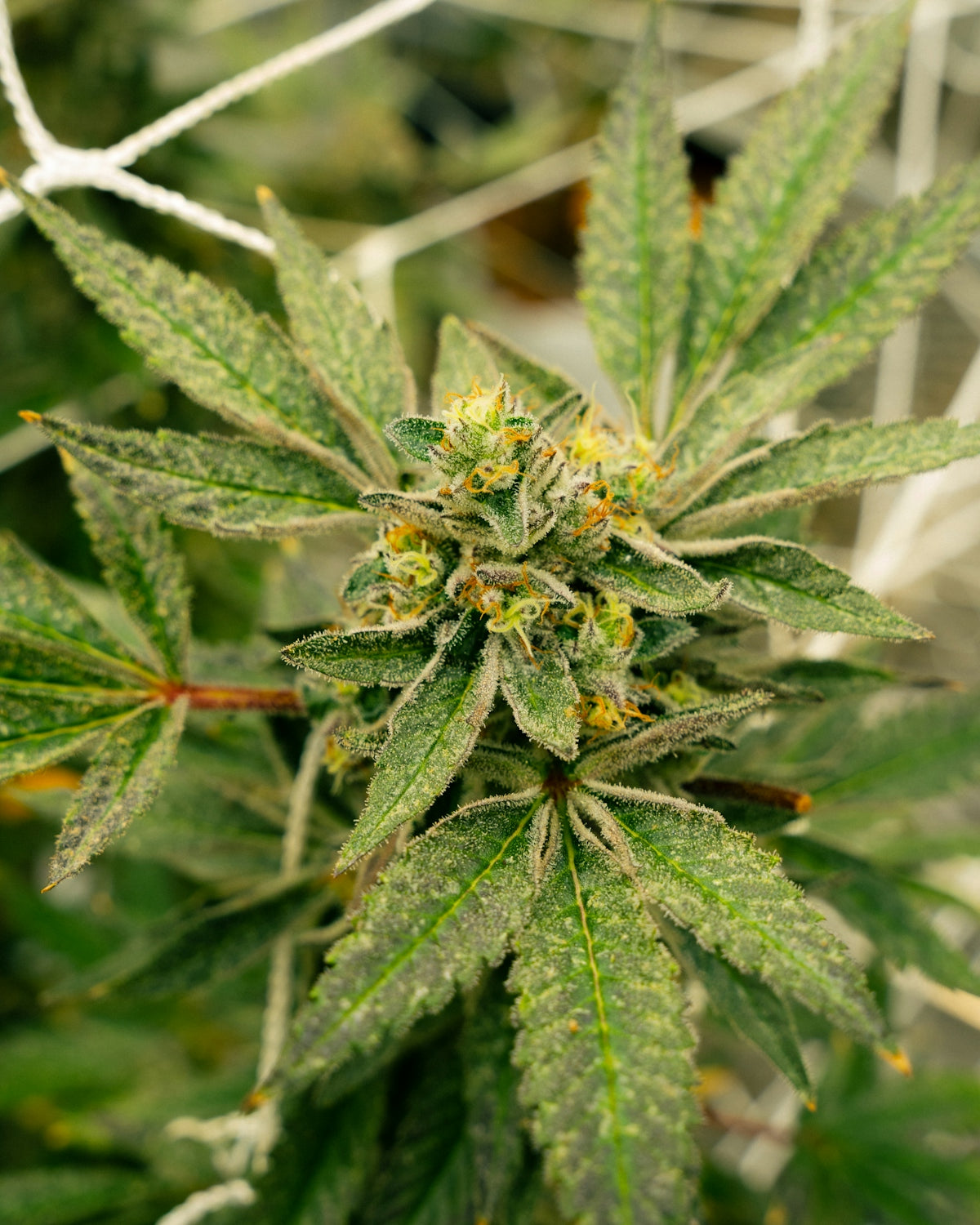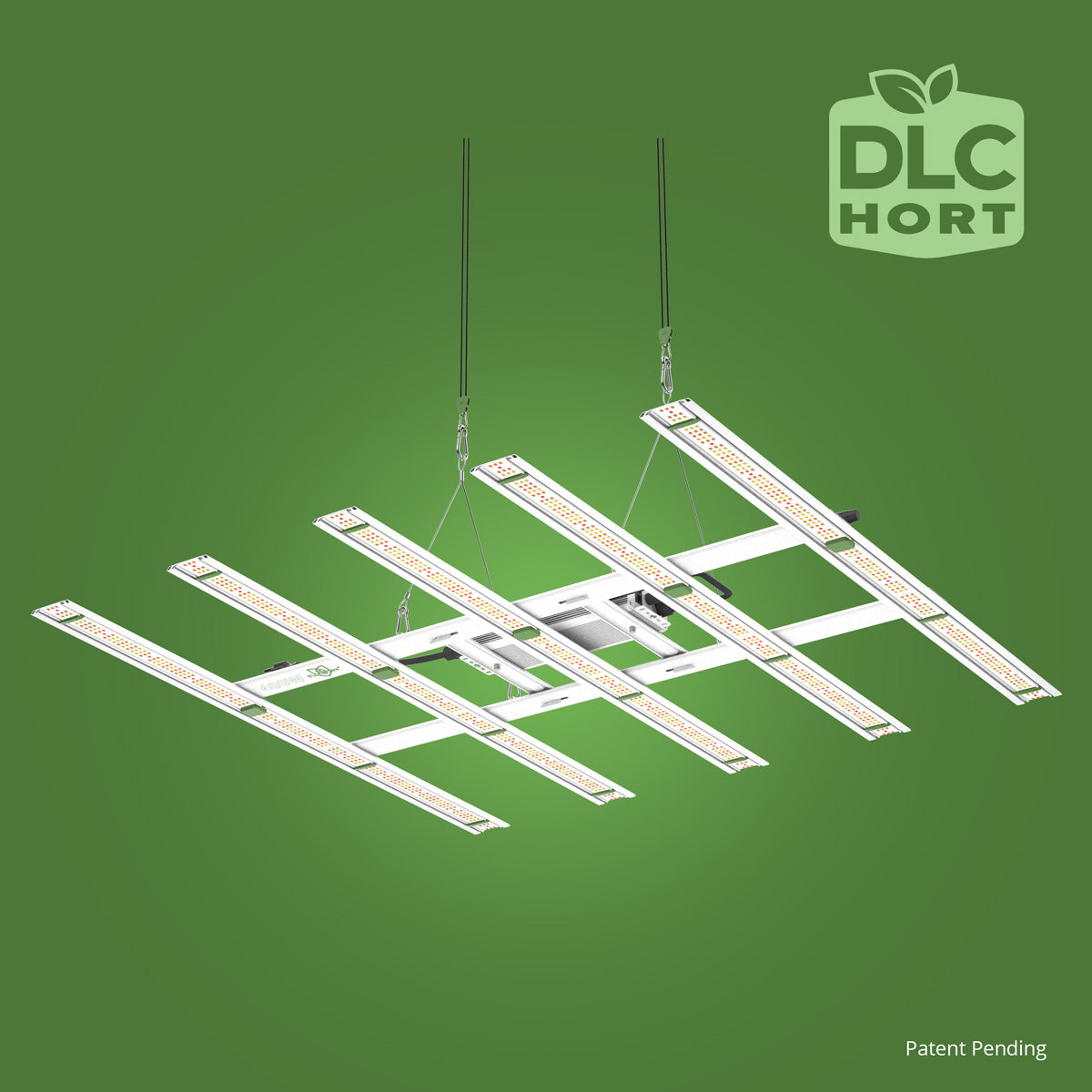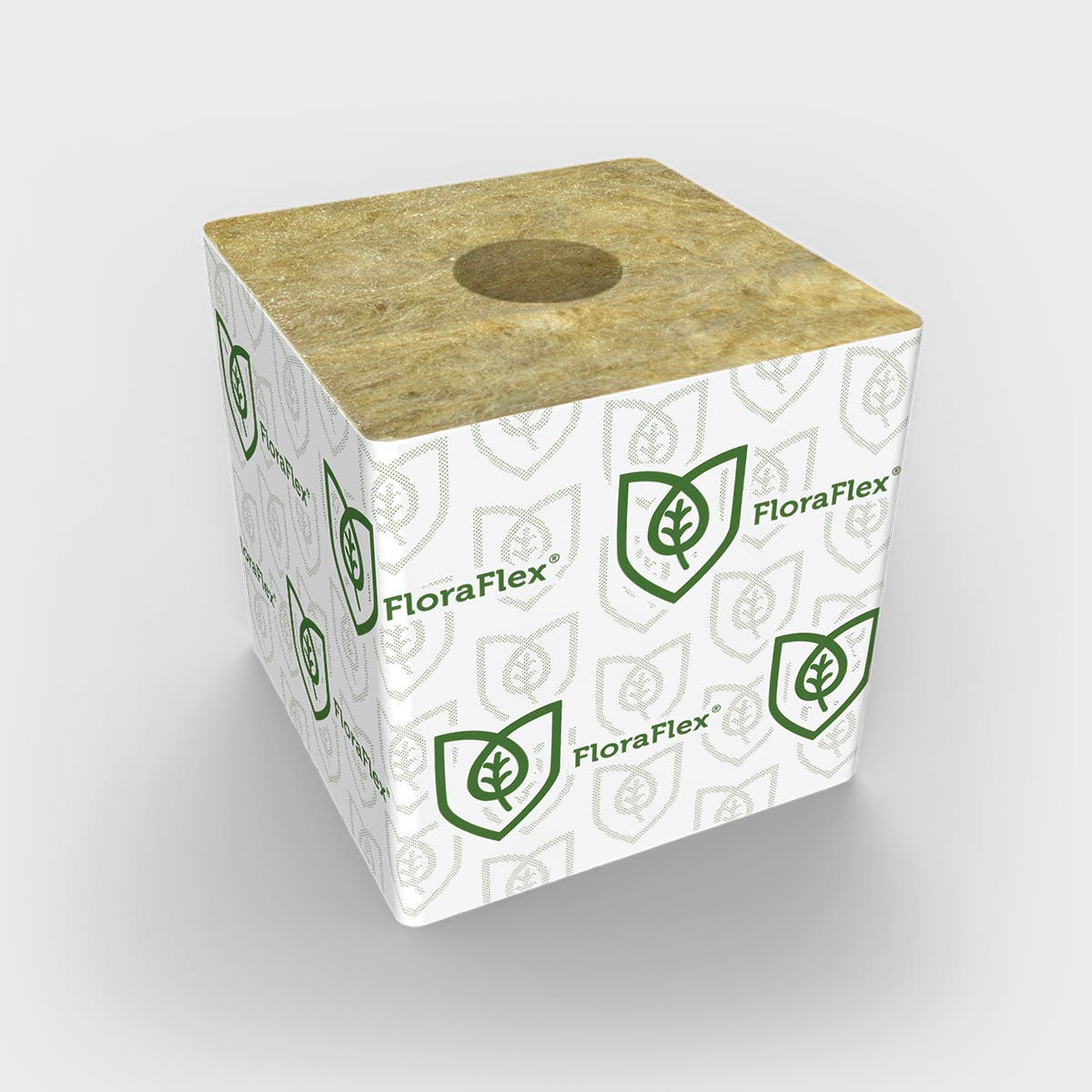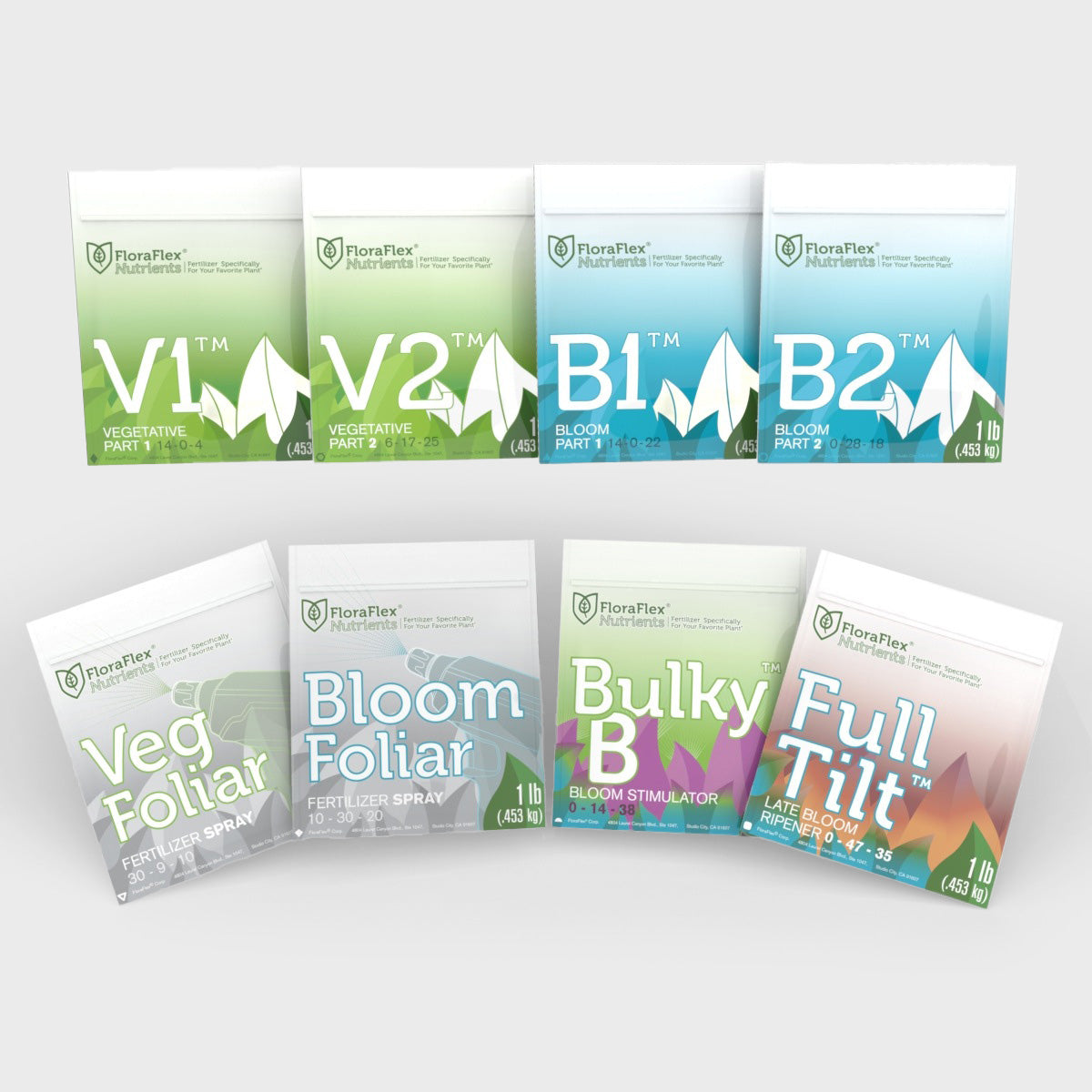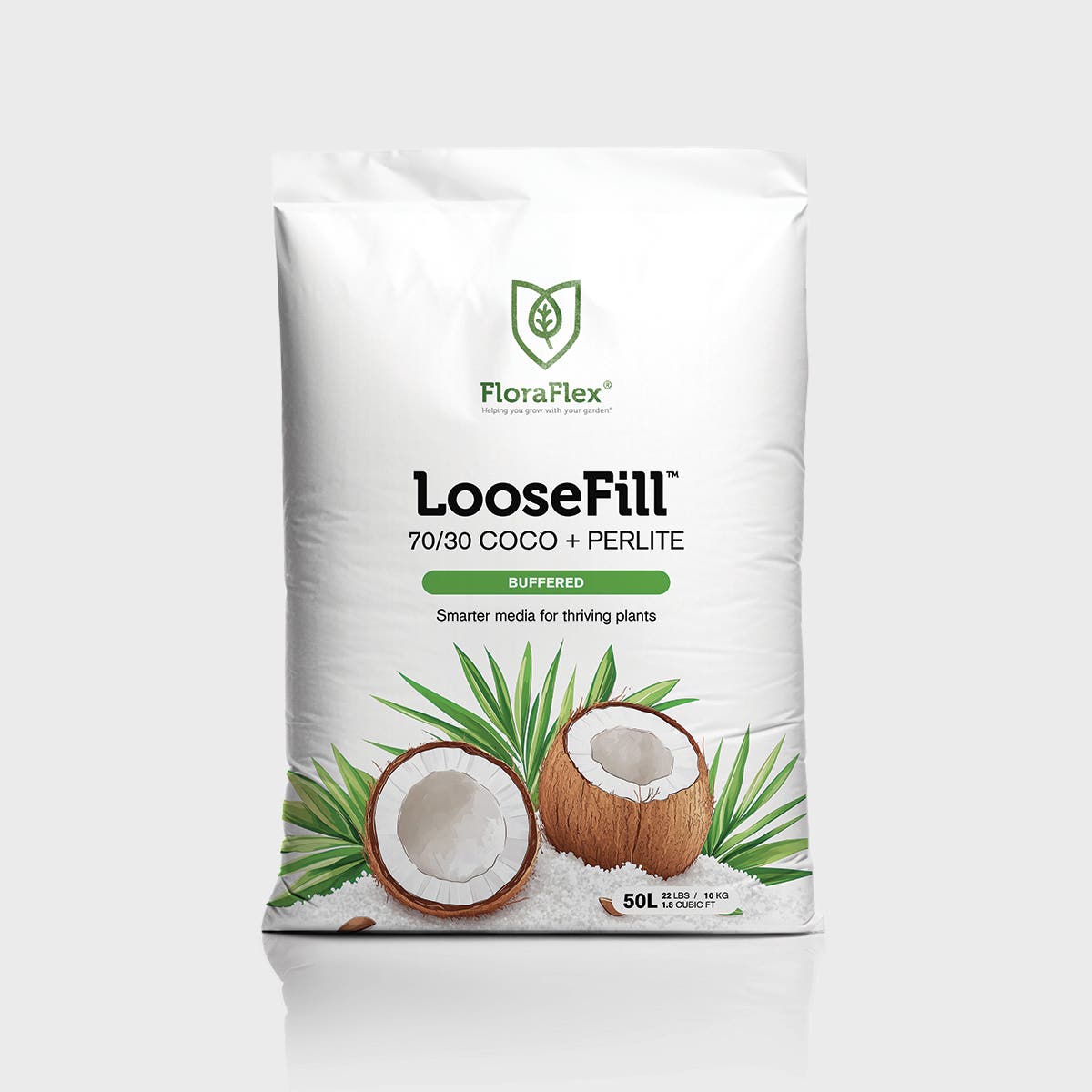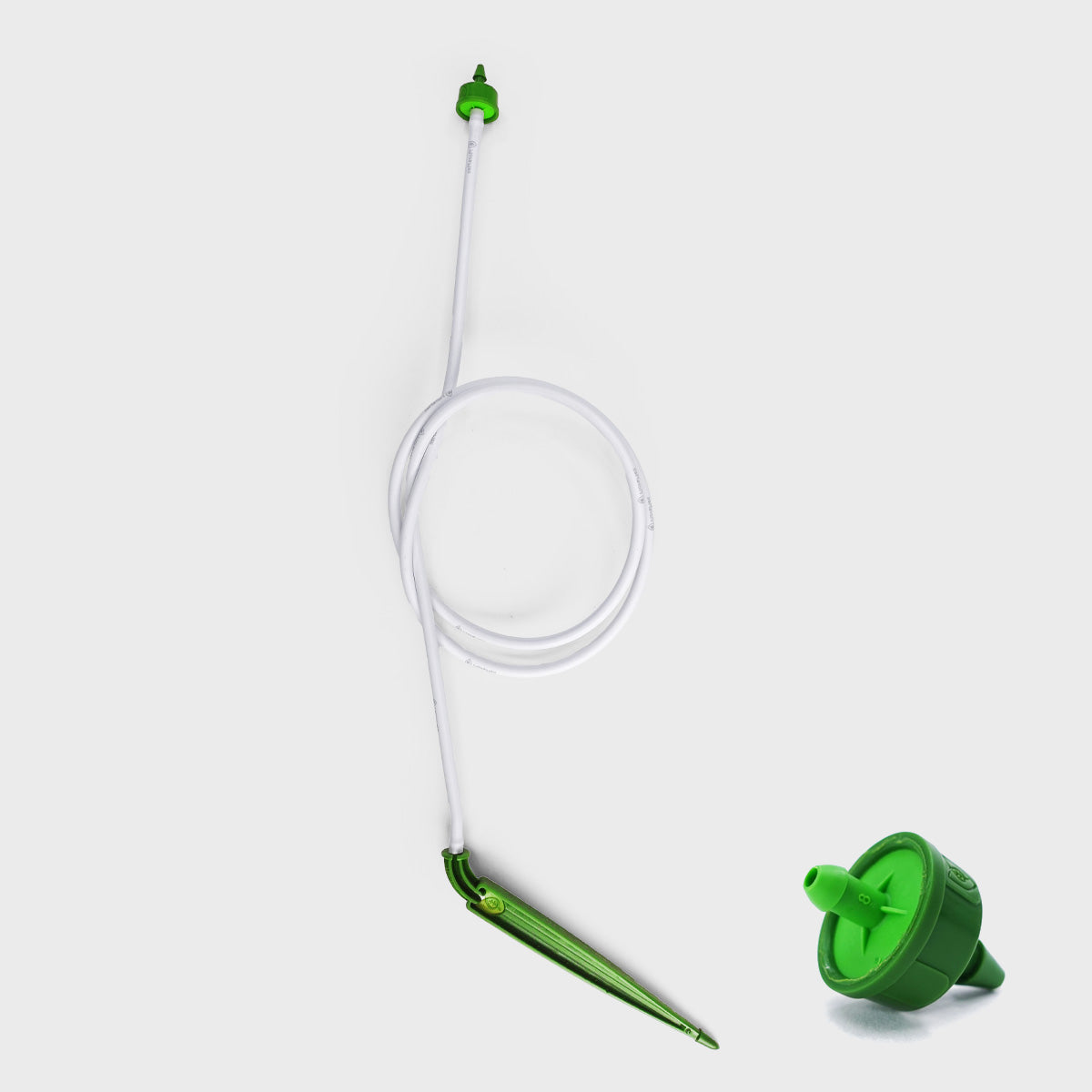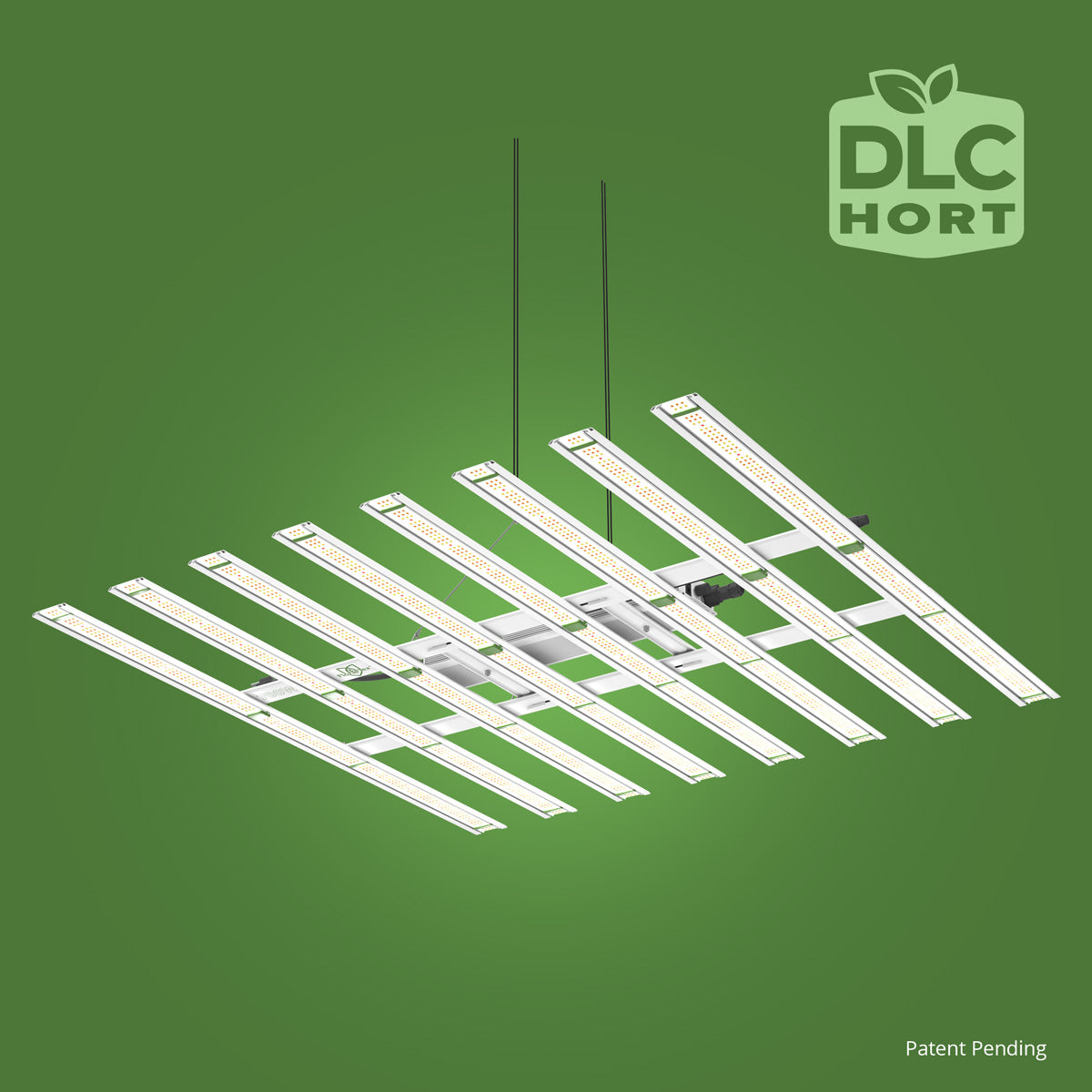Companion planting is an age-old gardening technique that maximizes growth potential and environmental sustainability by strategically planting different species together. When applied to cannabis gardening, this method not only improves yield but also enhances the health and robustness of your crop.
For those venturing into cannabis cultivation or looking to optimize their existing setups, understanding companion planting can be a game-changer. This blog delves into the benefits of companion planting, suggests ideal companion plants for cannabis, and highlights how FloraFlex products can aid in cultivating a thriving cannabis garden.
The Benefits of Companion Planting in Cannabis Gardens
- Pest Control: Certain plants naturally repel pests. For example, marigolds release chemicals that deter nematodes, while basil is known to repel aphids and beetles.
- Enhanced Growth: Many companion plants improve soil nutrients. Legumes, for instance, fix nitrogen in the soil, benefiting neighboring cannabis plants.
- Improved Flavor and Aroma: Some companion plants can enhance the flavor and aroma of cannabis by contributing to its terpene profile.
- Environmental Sustainability: Companion planting can lead to healthier ecosystems, reducing the need for chemical pesticides or fertilizers.
Ideal Companion Plants for Cannabis
Here are some plants that make excellent companions for cannabis:
- Basil: Not only does it repel pests, but it also enhances the flavors of cannabis by augmenting its natural terpenes.
- Lavender: This aromatic plant attracts beneficial insects like predatory wasps, which help keep harmful pests in check.
- Marigold: As mentioned, marigolds are excellent for nematode control, protecting cannabis roots effectively.
- Clover: Known for its nitrogen-fixing capabilities, clover enriches the soil, providing essential nutrients for cannabis.
- Yarrow: This plant attracts ladybugs and hoverflies, both of which prey on aphids and other small pests.
Implementing Companion Planting in Your Garden
Starting companion planting requires understanding your garden's needs and the specific benefits each companion offers. Here’s a simple guide to get started:
- Analyze Your Space: Determine the available space and understand your cannabis plants' requirements in terms of sunlight, water, and nutrients.
- Select Appropriate Companions: Based on your objectives—be it pest control, nutrient enhancement, or flavor improvement—select appropriate companion plants.
- Monitor Growth: Keep an eye on your plants to ensure they are living in harmony. Make adjustments as necessary.
- Optimize with FloraFlex: Support your planting strategy with products like FloraFlex Wool (Basalt Derived) 6" FloraFlex Wool. The FloraFlex cubes promote healthy root growth and provide excellent water retention, making them a perfect medium for both cannabis and companion plants.
Best Practices for Maximizing Yield
To achieve maximum yield with companion planting, integrating best practices is essential:
- Regular Maintenance: Weed control, timely watering, and proper pruning of companion plants are crucial.
- Rotation Plan: Consider rotating companion plants seasonally to maintain soil health and prevent pest buildup.
- Observation and Adaptation: Every garden is unique. Observe interactions closely and adapt based on what works best for your plants.
Conclusion
Companion planting offers numerous benefits that can transform the productivity and health of a cannabis garden. By carefully selecting the right companion plants and utilizing high-quality growing mediums like the FloraFlex 6" FloraFlex Wool Basalt Derived cubes, cultivators can unlock new levels of yield and sustainability.
For those interested in taking their cannabis cultivation to the next level, exploring companion planting is an invaluable step. To learn more about products that can aid in your gardening journey, visit FloraFlex.
By embracing the symbiotic relationships offered by companion planting, not only can gardeners enhance yields, but they can also contribute to a much healthier and balanced ecosystem. Happy growing!

